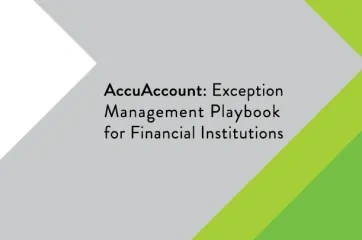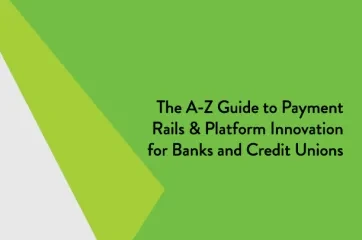Collateral is something of value that a borrower pledges at a bank or credit union’s request to mitigate the financial institution’s risk in the event of nonpayment. If the customer or member defaults on the loan, the institution will take the item pledged to recover the money lent.
Secured vs. Unsecured Consumer Loans
Loans backed by collateral are secured loans; those that do not require collateral are unsecured loans. Although most loans need collateral, banks and credit unions sometimes make unsecured loans for small, low-risk amounts, such as credit cards and overdraft lines of credit. In these cases, the financial institution lending the money relies solely on an account holder’s creditworthiness.
Secured loans require collateral that can come in many forms, such as a car, certificates of deposit (CDs), real estate, boats, and airplanes. In some instances, even personal property, such as jewelry, is considered collateral.
UCC Collateral for Secured Commercial Loans
Certain types of commercial collateral can be pledged against more than one loan. One common example is Uniform Commercial Code (UCC) collateral. For example, the Acme Company owns equipment, carries inventory, and has accounts receivable worth $5 million. Acme would like to expand and needs a loan of $1 million. The business pledges to State Bank all the assets mentioned above as collateral, even though they far exceed the initial loan amount. Later, Acme realizes, however, that it has underestimated the expansion costs. The company returns to State Bank asking for another $500,000 and pledging the same collateral against its second loan request. At that point, State Banks may consider using the original filing to secure the additional loan. To do so, the financial institution would search the Secretary of State’s UCC Records to determine if any other institutions have a UCC filing on the same collateral. If not, State Bank could file a second lien to secure the new loan in addition to the first one.
Tracking Collateral
In the past, banks and credit unions may have found tracking collateral difficult. Using a paper filing system, financial institutions relied on manual tickler systems to track renewals on UCC financing statements. This approach was time-consuming and fraught with human error, especially when a piece of collateral was tied to multiple loans.
To increase efficiency in these situations, modern banks and credit unions are leveraging the power of collateral tracking software such as AccuAccount. For example, confirming current insurance on a piece of equipment would clear exceptions for all loans that are associated with that collateral. Similarly, once a UCC continuation is recorded in the system, it is reflected across all loan files tied to the collateral. Documents are entered into the system once, allowing numerous exceptions to be resolved with a single action.
Banking Resources
For more collateral tracking tips and best practices, be sure to check out our extensive Innovation Hub with free spreadsheets, whitepapers, and eBooks.
Browse our banking definitions page for more terminology.







